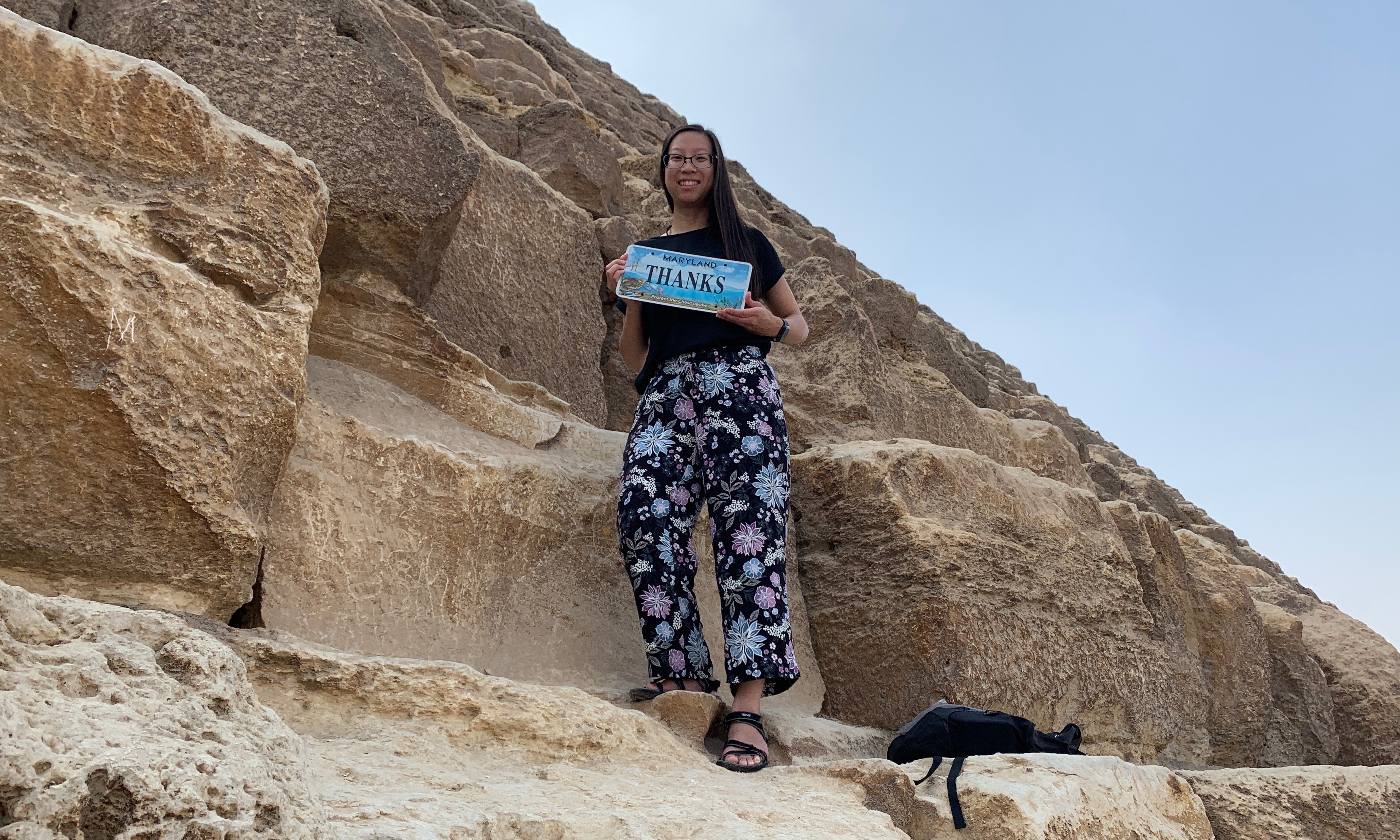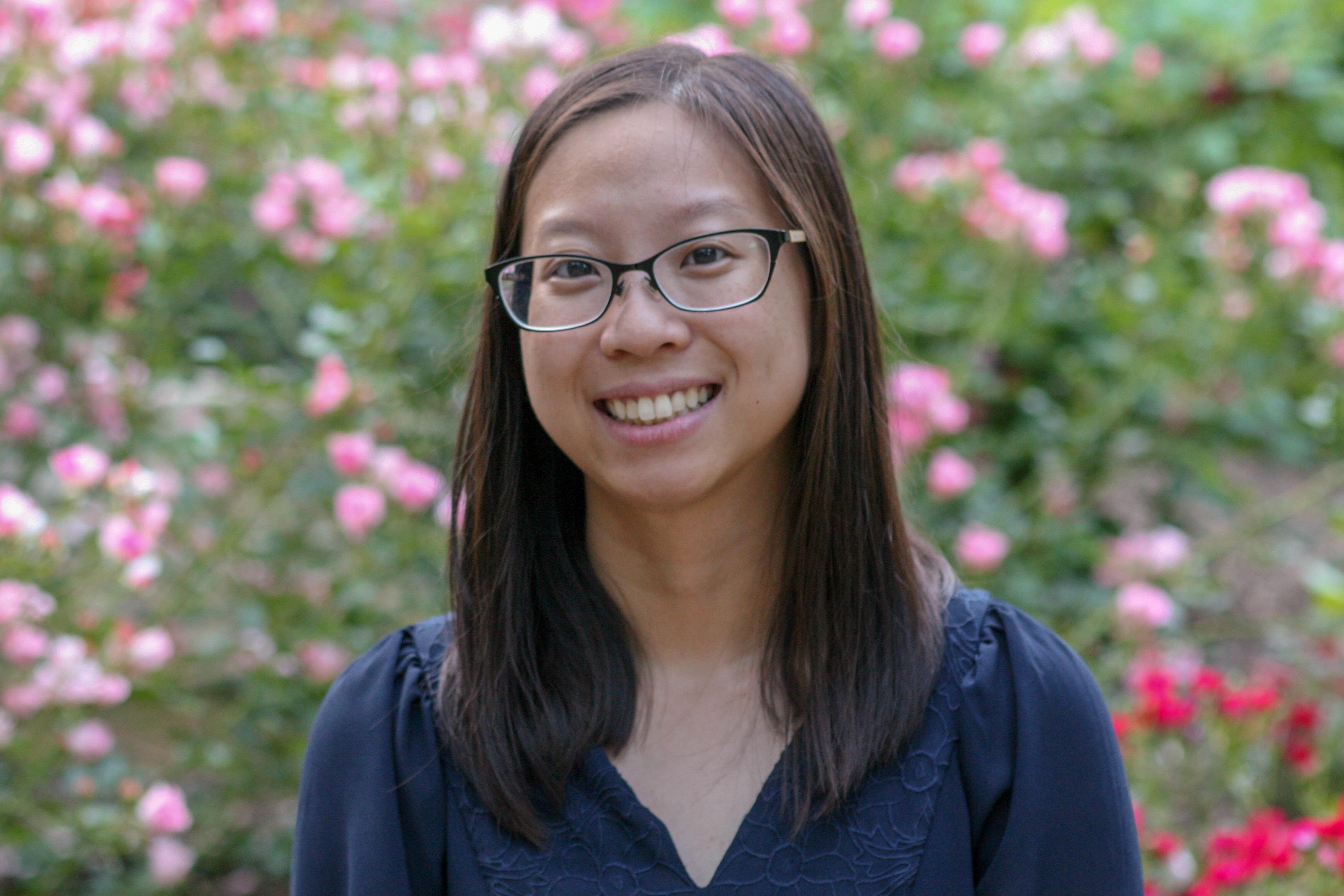Global Study, Egypt, Part 1: Climate Change, Water, and Agriculture
February 4, 2020

By Nguyen Le
John Muir once said, “When we try to pick out anything by itself, we find it hitched to everything else in the universe.” This statement holds true as we navigate the challenges of the Anthropocene, the time of humans.
Since the 1950s, just about every social and environmental indicator has arched upwards. Within the next few decades, it is expected that the human population will grow to 9 billion, that the proportion of people living in cities will increase to 75 percent, and that the middle class will increase by several billion people. Demands for food, water, energy, and other resources will continue to increase, putting more stress on our natural ecological systems.
In November of 2019, I had the privilege of traveling to Egypt with my classmates and faculty from the Virginia Tech Executive Master of Natural Resources (XMNR) program. For ten days and nine nights, we went on an unforgettable journey from Cairo to Luxor to Aswan to learn about sustainable development in Egypt and the Nile River Basin.
Egypt is the most populous country in the Arab world and the third largest in Africa, behind Nigeria and Ethiopia, with a population of over 99 million people, which is expected to increase to over 150 million by 2050. Egypt’s large population and densely developed Nile delta, coupled with Egypt’s dependency on the Nile River, makes Egypt extremely vulnerable to the impacts of climate change.
Climate change is expected to increase flood risks in the Nile River Basin’s densely populated floodplain, and threaten the productive Nile Delta through sea level rise. Rising temperatures will raise agricultural water demand, increase irrigation requirements, lead to higher reservoir losses, increase drought risks, and accelerate land degradation. The Nile River supplies over 95 percent of the water needs for the country. In addition, the Nile River is shared by 11 countries, which puts incredible pressures on the Nile Basin and its resources.
On day seven of the trip, we visited Besaw, a village on an island south of the City of Edfu. Besaw is an agricultural community, and when we arrived, we got the opportunity to meet with a local farmer named Sayed. Sayed is one of many local farmers on the island, representing one of the small-scale family farms in Egypt. Sayed said he is not personally feeling the effects of climate change currently; however, with increased population growth, demands for food and water will increase, leading to more pressure on small-scale farmers to increase production. Small-scale family farms account for over 90 percent of the agricultural land in Egypt. What will happen to these farms when agricultural demands increase while water resources become scarcer? How will increased flooding due to climate change affect agricultural production?
Climate change, water, and agriculture are intricately connected to each other. Impacts on one system will subsequently affect another, and they will continually influence each other. To address climate issues, we must examine the connections of climate to water, agriculture, and other systems, and vice versa. To solve the wicked problems of the Anthropocene, we must approach them holistically.
Solving today’s sustainability challenges requires innovation and leadership. The XMNR program emphasizes the importance of effective leadership and provides a holistic approach to leadership for sustainability. Effective leadership begins with you, the individual. I’ve become more self-aware of my values, beliefs, and personality, and I have improved my ability to communicate, motivate, and persuade others. This is a key component to successful collaboration with others. To connect with a community and understand their sustainability challenges, we must meet them where they are.

During this trip to Egypt, I brought a piece of home and work with me: the Chesapeake Bay license plate. In the picture above, I am standing on the rocks of the Great Pyramid of Giza holding a Chesapeake Bay license plate. The Chesapeake Bay license plate is an alternative license plate that car owners in Maryland may purchase. Proceeds from purchases of the Bay plate are distributed through the Chesapeake Bay Trust, a nonprofit grant-making organization, in the form of grants to schools, community groups, and other not-for-profit organizations for K-12 environmental education, and restoration and protection of our waterways. Without effective leadership, we would not be able to successfully engage and improve communities and natural resources in the Chesapeake Bay watershed; nor would Egypt be able to engage and improve communities and natural resources in the Nile River Basin. My experiences in Egypt and in the XMNR program are experiences that I will take with me as I move forward in my life and career. I will always remember to lead from where I am.

Nguyen Le works for the Chesapeake Bay Trust, a nonprofit grant-making organization focusing on the protection and restoration of the Chesapeake Bay watershed. She holds a B.S. in Environmental Science and Policy from the University of Maryland and is a graduate of the XMNR 2019 cohort earning her Master of Natural Resources degree from Virginia Tech.


